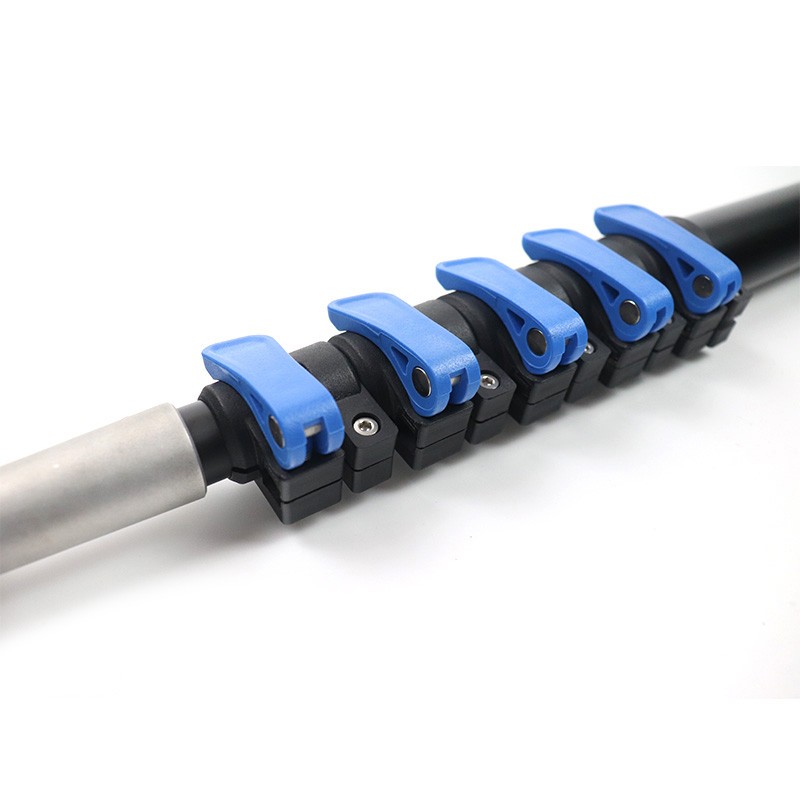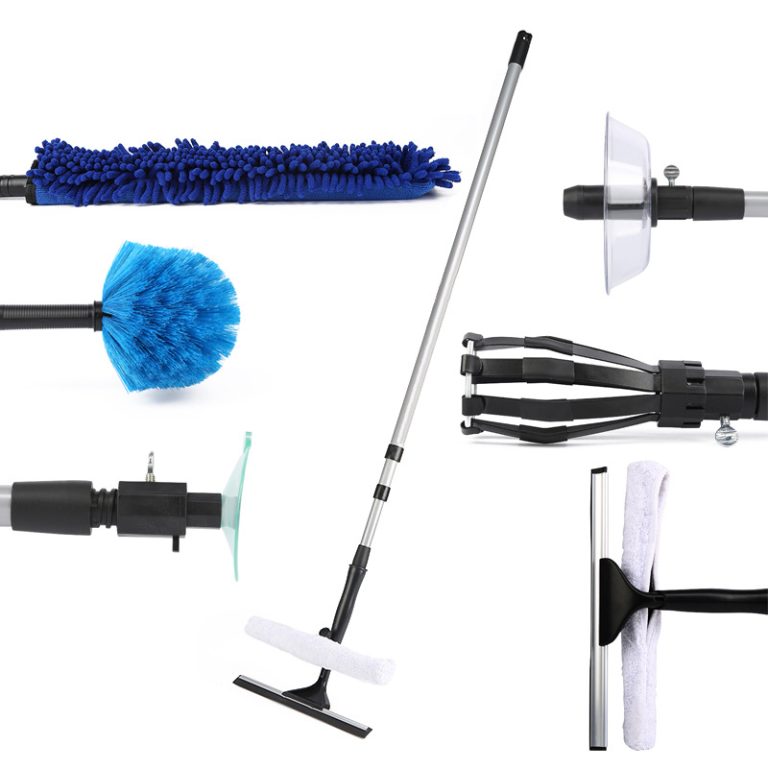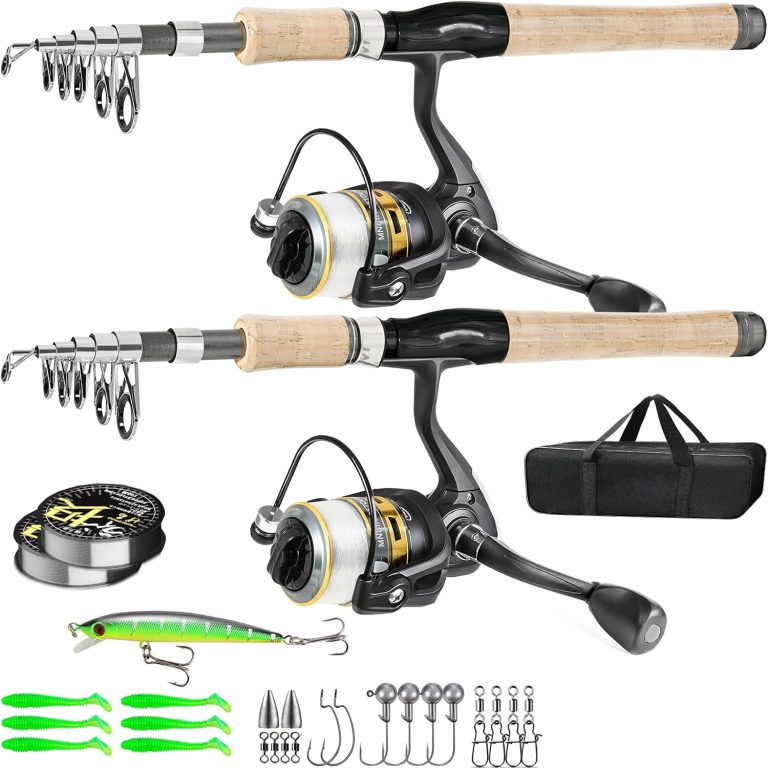The market offers a diverse range of telescopic poles, each designed to meet specific needs. Here are the different types:
1. Cleaning Telescopic Poles
- General – Purpose Cleaning Poles: These are the most common type for household cleaning. They usually come with a standard set of attachments like microfiber dusters, window – cleaning squeegees, and mop heads. The length can typically extend from around 3 to 10 feet, making them suitable for reaching high ceilings, cleaning windows, and mopping floors. They are often made of lightweight materials such as aluminum or fiberglass to ensure easy handling during long cleaning sessions.
- Specialized Cleaning Poles: Some telescopic poles are designed for particular cleaning tasks. For instance, gutter – cleaning poles have attachments specifically engineered to scoop out debris from gutters. These poles are usually longer, often extending up to 15 feet or more, allowing users to clean gutters from the ground without the need for a ladder. Another example is pool – cleaning telescopic poles. They are used to attach pool skimmers, brushes, or vacuum heads, enabling efficient cleaning of pool walls, floors, and the water surface.
2. Photography and Videography Telescopic Poles
- Selfie Sticks: A popular form of telescopic pole for photography and videography, selfie sticks are designed to hold a smartphone or a small camera at an extended distance. They are usually made of lightweight materials like carbon fiber or aluminum, which makes them easy to carry around. Selfie sticks typically have an adjustable length, ranging from a few inches when collapsed to around 3 – 5 feet when fully extended. Some advanced selfie sticks also come with features like Bluetooth connectivity for remote – controlled shooting.
- Monopods: Monopods are more professional – grade telescopic poles used in photography and videography. They are designed to provide stability for cameras, especially in low – light conditions or when using long – telephoto lenses. Monopods can extend to significant lengths, often up to 6 feet or more. They are made from high – quality materials such as carbon fiber for its excellent strength – to – weight ratio. Monopods usually have a quick – release mechanism to attach and detach the camera easily.
3. Painting and Decorating Telescopic Poles
- Paint Roller Poles: These telescopic poles are specifically designed to hold paint rollers. They allow painters to reach high walls and ceilings without the need for ladders in many cases. Paint roller poles can extend from around 3 to 8 feet. They are typically made of sturdy materials like metal or high – strength plastic to support the weight of the paint – filled roller. Some paint roller poles have an adjustable angle feature, enabling the painter to reach awkward angles easily.
- Caulking and Grouting Poles: These poles are used to hold caulking guns or grout applicators. They are useful for reaching areas that are difficult to access by hand, such as corners or gaps between tiles. Caulking and grouting poles usually have a shorter extension range, typically from 2 to 5 feet, but they provide the necessary reach for these detailed tasks.
4. Industrial and Construction Telescopic Poles
- Inspection Poles: In industrial settings, inspection poles are used to visually inspect hard – to – reach areas, such as inside pipes, ducts, or high – up machinery components. These poles often have a camera or a mirror attachment at the end. They can extend to long lengths, sometimes up to 20 feet or more, depending on the requirements. Inspection poles are made of durable materials like stainless steel to withstand harsh industrial environments.
- Flag and Sign – Mounting Poles: In construction sites or for outdoor events, telescopic poles are used to mount flags, signs, or banners. These poles need to be sturdy enough to hold the weight of the flag or sign and withstand wind forces. They can extend to various lengths, from 10 to 30 feet or more, and are usually made of metal, such as aluminum or steel, for their strength.



